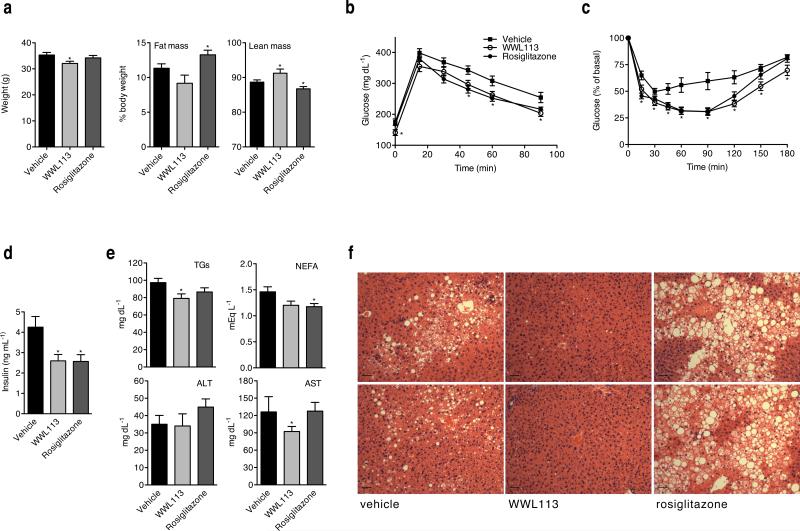Figure 4. WWL113 treatment enhances insulin sensitivity and glucose tolerance in a model of diet-induced obesity.
12-week-old C57BL/6J male mice fed a 60 kcal% fat diet since the time of weaning were treated orally once per day with vehicle, 50 mg/kg WWL113, or 4 mg/kg rosiglitazone for 50 days (n = 10 per group). (a) Body weight is decreased in DIO mice treated with WWL113 without a significant change in fat mass. (b) Glucose and (c) Insulin tolerance tests show that WWL113 enhances insulin sensitivity and glucose homeostasis. (d) WWL113 treatment decreases plasma insulin levels. (e) WWL113 treatment significantly reduces plasma triglyceride levels, and shows a tendency to decrease circulating free fatty acids. The levels of AST are also significantly reduced, perhaps as a consequence of the absence of liver steatosis in WWL113-treated mice. (f) Hematoxylin and Eosin staining showing two representative animals per group. Scale bar = 60 μm. In all cases, error bars represent s.e.m. and *p < 0.05 vs. vehicle-treated mice.

